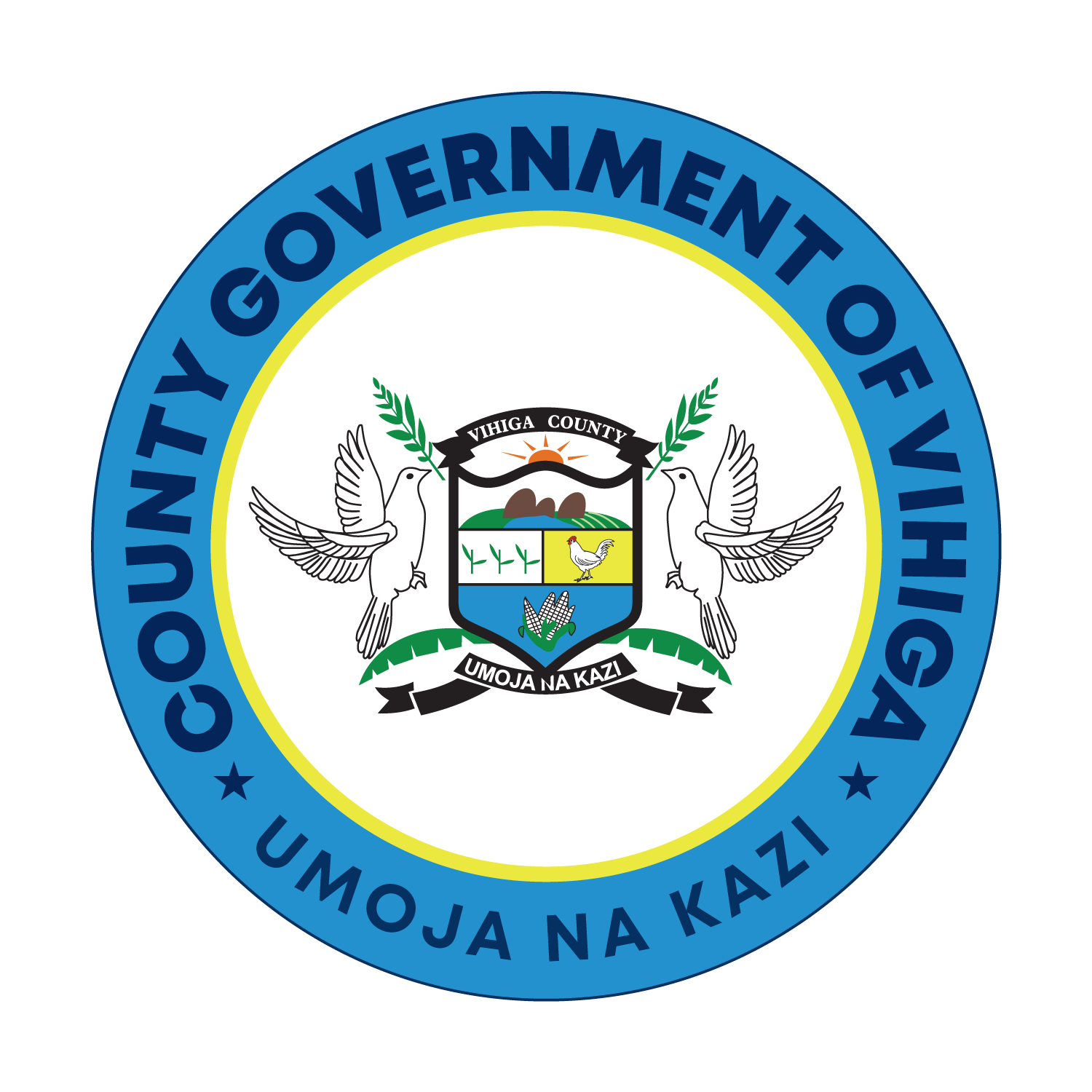Vihiga County whose headquarters is in Mbale is Located in the Western Region of Kenya. It boarders Nandi to the East, Kisumu County to the South, Siaya County to the West and KAKAMEGA County to the North. It is one of the four Counties in the former Western Province. Vihiga County has five Constituencies; Luanda, Emuhaya, Hamisi, Sabatia and Vihiga
The County’s population stands at 612,000. With an annual population growth rate of 2.51%, the population is projected to be 688,778 by the year 2017. It has an annual fertility rate of 5.1% which explains the high population rise. However, the age distribution is given as 0-14 years (45%), 15-64 years (49%), 65 years and above (6%) with the youth representing 25% of the population.
Hon. Dr. Wilber K. Ottichilo
The Governor

H.E. WILBERFORCE KITIEZO
Deputy Governor
Mr. Ayiego Ezekiel Maleya
County Secretary & Head of Public Service
The County urbanization rate is 31% with the Major Towns being; Luanda, Maseno, Chavakali, Mudete, Malengo, Mbale, Serem, Jeptulu, Jebrock and Kilingili. The poverty level is 62% with a dependency ratio of 100:90. The major activities for the people fall within the Agriculture department with 87.2% of the households engaging in crop farming.
The major resources for the County are; Forests, Rocks, Gold Mines, Rivers and the high precipitation experienced for most part of the year. The Rural household access to piped water is 3.2%, with the same for access to electricity being 5.3%. The urban House hold access to electricity is 10.8% with access to piped water standing at 7.2%.
The financial institutions that are located in the urban areas are 7 with the same number representing the number of Micro-Credit institutions. The major Economic Activities that drive Vihiga Economy are; Cottage Industries, Subsistence Farming, Tea Farming, Horticulture, Livestock Farming, Wholesale and Retail Trade, Quarrying and Mining. So far, contributions from the diaspora have not been captured to reflect external economy assistance.
The Judicial System is supported by two Courts (one in Vihiga and another in Hamisi) with one prison facility in Vihiga. The County has 754 ECD Schools, 392 Primary Schools, 115 Secondary Schools, 107 Adult Literacy Classes and 5 constituent Universities. The County has 5 Public Hospitals[1], 16 Health centers and 35 Dispensaries. Doctor to Population ratio is 1: 34,000, infant mortality rate at 46/1,000, Maternal Mortality rates of 330/100,000, with Under Five Mortality rates of 121/1,000. Prevalent diseases include; Malaria, Upper Respiratory Transmitted Infections, Diarrrhea, HI/AIDS and related diseases
The Short-Term Budget Strategy Paper (STBSP) is meant to guide the Fiscal Policy for FY 2013/14. It draws its advice from the County Government’s Vision: To create a free, secure, just and prosperous County with a strong and highly skilled Human Resource that will spur industrial growth for economic empowerment. This is strengthened by the Mission statement: To enhance productivity and empowerment in order to achieve Self-sustenance and respect for the people of Vihiga County.
